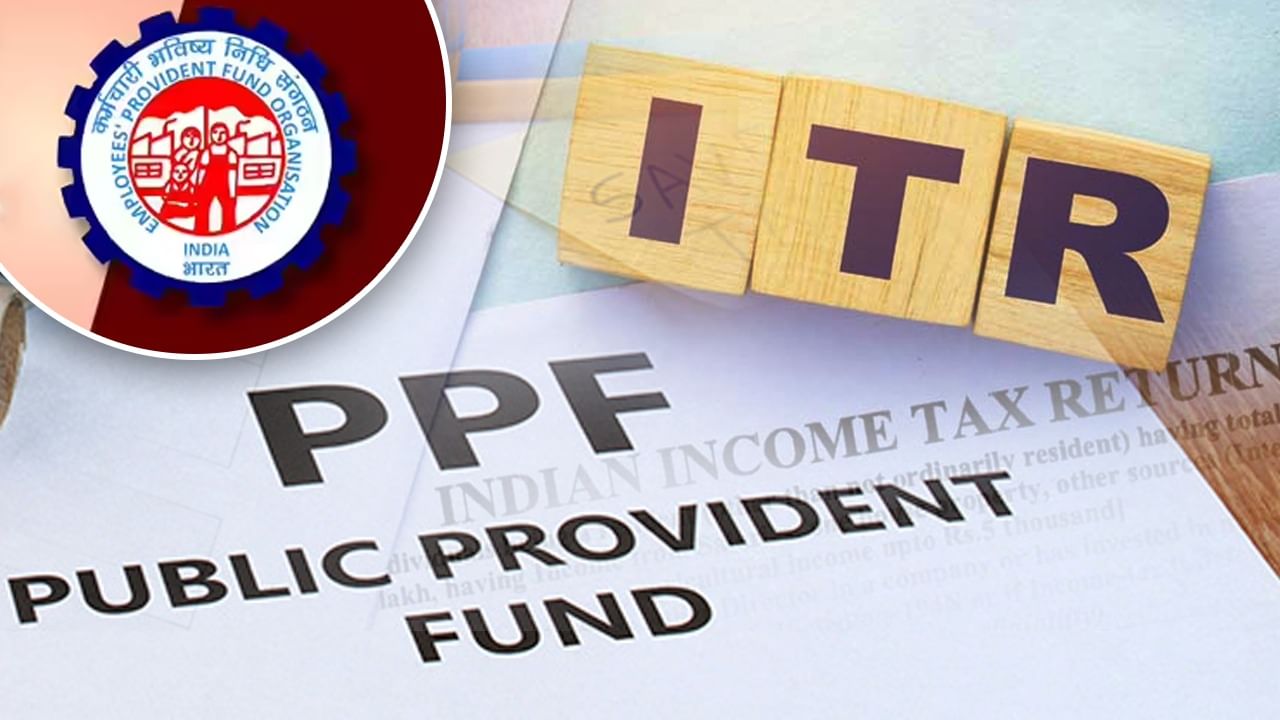ITR Filing: The Central Board of Direct Tax has extended the last date for filing income tax return (ITR) for FY 2024-25 till 15 September 2025. Therefore, it is important to understand the rules related to tax. If you invest in EPF and PPF, then definitely know these things before filing ITR.
Interest on EPF and PPF is usually tax-free. But tax experts recommend that it should be shown in its annual ITR. This keeps the financial transparency and does not cause problems in the future.
EPF Rules
The interest of EPF is tax-free only when you work continuously for at least 5 years. If you withdraw money before 5 years, then the entire amount (your share, part of the company, and interest) may be taxed. For example, if you withdraw Rs 1.5 lakh (including Rs 20,000) from EPF before 5 years, then you may have to pay tax on the entire amount. Separate tax rules apply to each part (employee’s contribution, employer’s contribution, interest).
PPF rules
The interest on PPF is completely tax-free, no matter how long the account lasts. The deposit amount, interest, and withdrawal are not taxed on all. Nevertheless, tax experts say that PPF interest should be shown in ITR’s ‘Schedule EI’ (exempted income) section.
Why is it necessary to show?
Even though there is no punishment for not showing this interest in ITR, but showing it keeps your financial record clean. Especially if you make big purchases (such as home, car) or investing with this money, then you can avoid the questions of the tax department. People are often confused in the online forum where and how to show this interest in ITR. Experts say, even if there is no tax, it keeps the record clear by showing it.
Benefits of giving information
There is no penalty for not showing the interest of EPF and PPF, but putting it in ITR increases your transparency. If the tax department ever checks your records, then your position will be strong. So, this time, while filing ITR, include your EPF and PPF interest, so that there is no tension in future.
